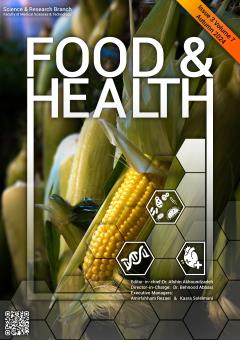-
-
-
Open Access Article
1 - Evaluation of the impact of selenium-enrichment and some organic matter on morphophysiological and essential oil in Anethum graveolens L.
Parviz Samavatipour Vahid Abdossi Reza Salehi Saeed Samavat Alireza Ladan Moghadam -
Open Access Article
2 - Evaluation the impact of different polyamines on some nutritional composition of basil (Ocimum basilicum L.) hydroponic culture conditions
Khatereh Nejadasgari Chokami Vahid Abdossi Saeed Samavat Alireza Ladan Moghadam Pezhman Moradi
List of Articles Alireza Ladan Moghadam
-
The rights to this website are owned by the Raimag Press Management System.
Copyright © 2021-2025


